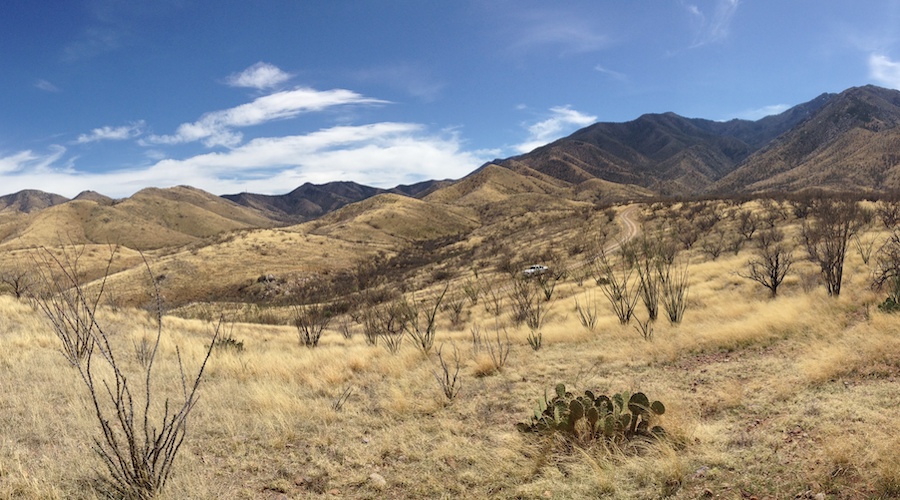
Their attempt was based on a separate ruling earlier this month preventing Hudbay from moving forward with the larger and neighbouring $2 billion Rosemont open pit copper project.
In his 16-page verdict, District judge James A. Soto said that the proposed Rosemont and Copper World mines in the Santa Rita Mountains south of Tucson were not legally related.
This means the tribes do not get the restraining order they requested and that the US Army Corps of Engineers does not have an obligation to include Copper World as part of a mandated review of Rosemont, which remains stalled on environmental grounds.
“Plaintiffs have gotten what they wanted: Rosemont no longer has the permit,” Soto wrote. “Consequently, there is no case or controversy left for the court to decide.”
Hudbay has decided to focus on the initial development of Copper World, which is on private land rather than federal land.
The company started early site works in April, with initial grading and clearing activities continuing at the site.
Hudbay aims to complete a Preliminary Economic Assessment (PEA) of the copper project in the second quarter of this year, it said in the statement.
The study will incorporate a two-phase mine plan, with the first phase reflecting a standalone operation with processing infrastructure on Hudbay’s private land. Mining will be conducted on portions of the deposits located on patented claims.
This first phase is expected to need only state and local permits and would reflect an approximate 15-year mine life.
Copper needs
The second phase of the plan would extend the operation’s productive life and incorporate an expansion onto federal lands to mine the entire Rosemont and Copper World deposits.
This phase would be subject to the federal permitting process.
The development of copper mines is considered critical for the world’s transition to a greener economy, in which electric vehicles (EVS) and renewable energies will take center stage.
Copper demand is expected to grow as a result, with analysts warning the global industry needs to spend more than $100 billion to build mines able to close what could be an annual supply deficit of 4.7 million tonnes by 2030.




